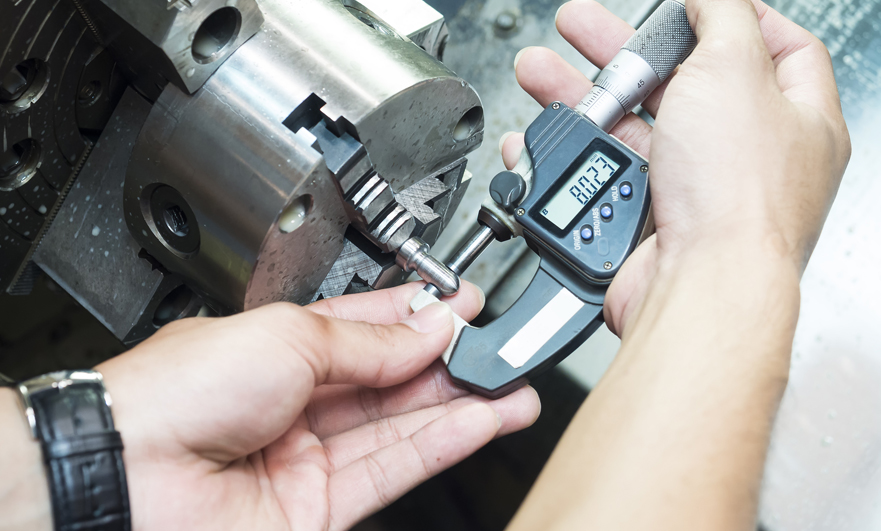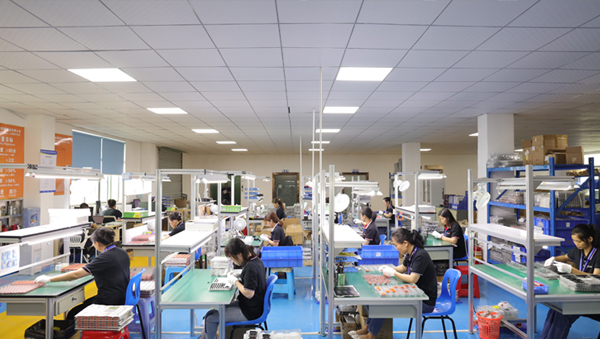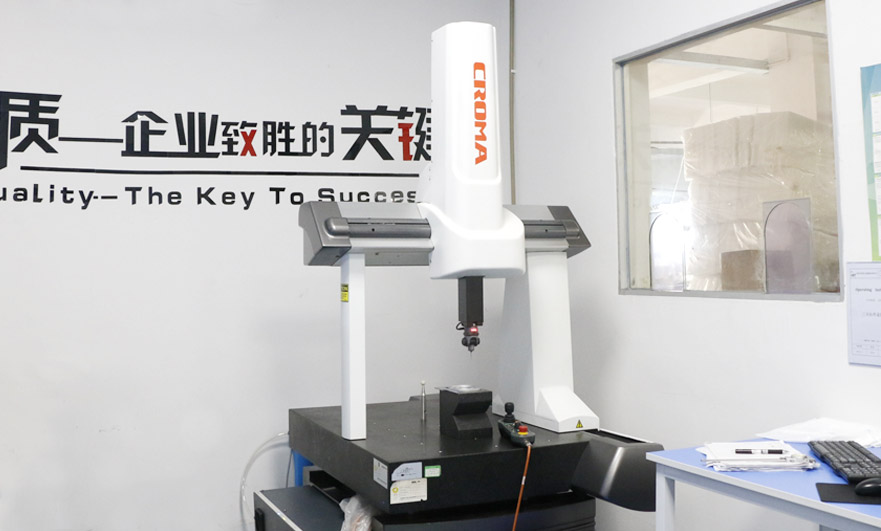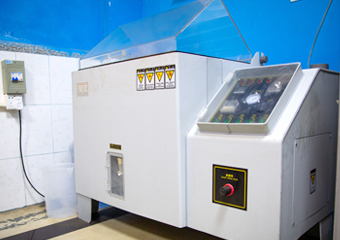15 years one-stop China custom CNC machining parts factory

Hey there I’m VMT Sam!
With 25 years of CNC machining experience we are committed to helping clients overcome 10000 complex part-processing challenges all to contribute to a better life through intelligent manufacturing. Contact us now
 672 |
Published by VMT at Sep 26 2023
672 |
Published by VMT at Sep 26 2023
What are the quality inspection methods for CNC machined parts?
Ensuring the quality of CNC machined parts is essential in manufacturing. Various inspection methods are employed to meet industry standards and customer expectations. Here are some common quality inspection methods for CNC machined parts:
Dimensional Inspection: This is the most basic form of quality control, involving precise measurement of the part's dimensions using tools like calipers, micrometers, and coordinate measuring machines (CMMs).

Visual Inspection: Visual checks involve examining the part for surface defects, such as scratches, dents, or irregularities. It's a crucial initial step in quality control.

Surface Finish Measurement: This method assesses the texture and smoothness of the part's surface, often using devices like surface roughness testers.

Hardness Testing: Determining the hardness of materials, especially metals, can be essential. Common methods include Rockwell, Brinell, and Vickers hardness tests.
Tensile and Compression Testing: These tests assess a material's mechanical properties by subjecting it to tension or compression forces, helping ensure it meets required strength standards.
Salt Spray Test (72-Hour): Used for assessing the corrosion resistance of parts, this test exposes them to a saltwater mist for a specified duration, such as 72 hours, to check for rust or other corrosion.

Functionality Testing: Depending on the part's intended use, functional tests can verify whether it performs as expected. For example, for CNC machined components in machinery, functionality testing might involve running the part to see if it operates correctly.
Non-Destructive Testing (NDT): NDT methods like ultrasonic testing, magnetic particle testing, and dye penetrant testing can detect hidden defects or flaws without damaging the part.
Material Analysis: Verifying the composition of materials used in CNC machined parts can be crucial. Spectroscopy, chemical analysis, and X-ray fluorescence (XRF) are common methods.
Dimensional Metrology with 3D Scanning: Advanced 3D scanning technology can provide highly accurate dimensional measurements and even create detailed 3D models for comparison to design specifications.
Statistical Process Control (SPC): Implementing SPC techniques can help monitor and control the manufacturing process in real-time, identifying and addressing issues as they arise.
Documentation and Traceability: Maintaining comprehensive records of production, inspections, and material traceability ensures transparency and quality control.
Supplier Audits: Periodic audits of CNC machining suppliers can help ensure they meet quality standards and maintain consistency in their processes.
The choice of inspection methods depends on the specific requirements of the CNC machined part and the industry standards it must adhere to. It's essential to communicate with your customers to understand their quality expectations and tailor the inspection process accordingly to deliver high-quality CNC machined parts.
Ready To Start Your Next Project?
Get Instant Quote

Request a Free Quote
Send us a message if you have any questions or request a quote. We will get back to you ASAP!